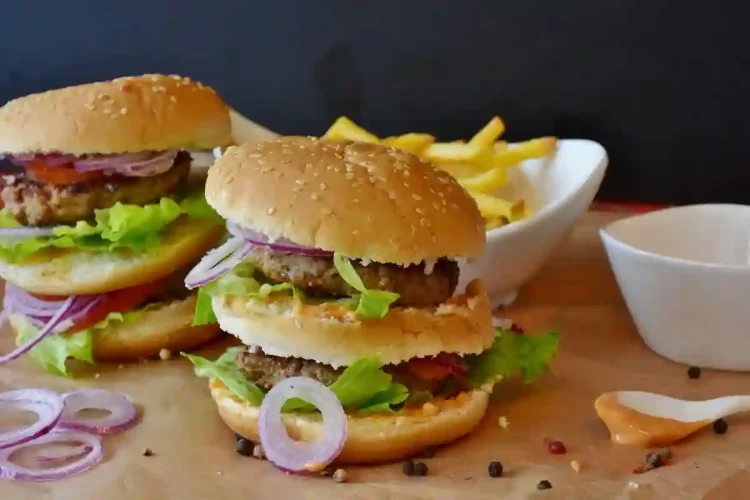According to HealthLine, eating disorders are a range of psychological conditions that cause unhealthy eating habits to develop.
They might start with an obsession with food, body weight, or body shape. About 70 million people in the world live with eating disorders, according to National Eating Disorders Association.
Three common eating disorders
1. Anorexia nervosa
Anorexia is the most well-known eating disorder. More women tend to suffer from this disorder more than men.
People suffering from anorexia generally see themselves as overweight, even though they are extremely underweight. They avoid certain types of food and restrict their calorie intake.
There are two types of anorexic people – the restrictive type and the binge eating type. The restrictive type will engage in excessive exercise, fasting, and a lot of dieting, while the binging type will simply eat a lot and purge — vomiting that is.
Other common symptoms include:
- a relentless pursuit of thinness and unwillingness to maintain a healthy weight
- a heavy influence of body weight or perceived body shape on self-esteem
- a distorted body image, including denial of being seriously underweight
- some people with this disorder might obsess with thoughts about food, constantly collecting recipes
2. Bulimia nervosa
Bulimia is another popular eating disorder, however, this one is most common among adolescents and young men, according to Healthline.
A person who is bulimic will binge eat until they’re extremely full, and then they will purge to compensate for all the calorie intake. They generally feel like they cannot stop eating once they start binge eating.
Notable behaviours include forced vomiting, fasting, laxatives, diuretics, enemas, and excessive exercise. Although bulimia sounds like it’s much similar to anorexia, people with bulimia maintain a normal weight than those with anorexia, which are typically underweight.
Common symptoms include:
- recurrent episodes of binge eating with a feeling of lack of control
- recurrent episodes of inappropriate purging behaviors to prevent weight gain
- a self-esteem overly influenced by body shape and weight
- a fear of gaining weight, despite having a normal weight
3. Pica
This one doesn’t necessarily include food, in fact, it’s eating things that are not food — that aren’t supposed to be eaten.
Individuals with pica crave non-food substances, such as ice, dirt, soil, chalk, soap, paper, hair, cloth, wool, pebbles, or laundry detergent.
Pica may be fatal depending on the substances one has consumed. An individual with this type of disorder is also very susceptible to poisoning.
According to Healthline, in order for one to be regarded as one who suffers from the disorder, it has to be not a culturally acceptable for one to eat the substance one is supposedly addicted to.






